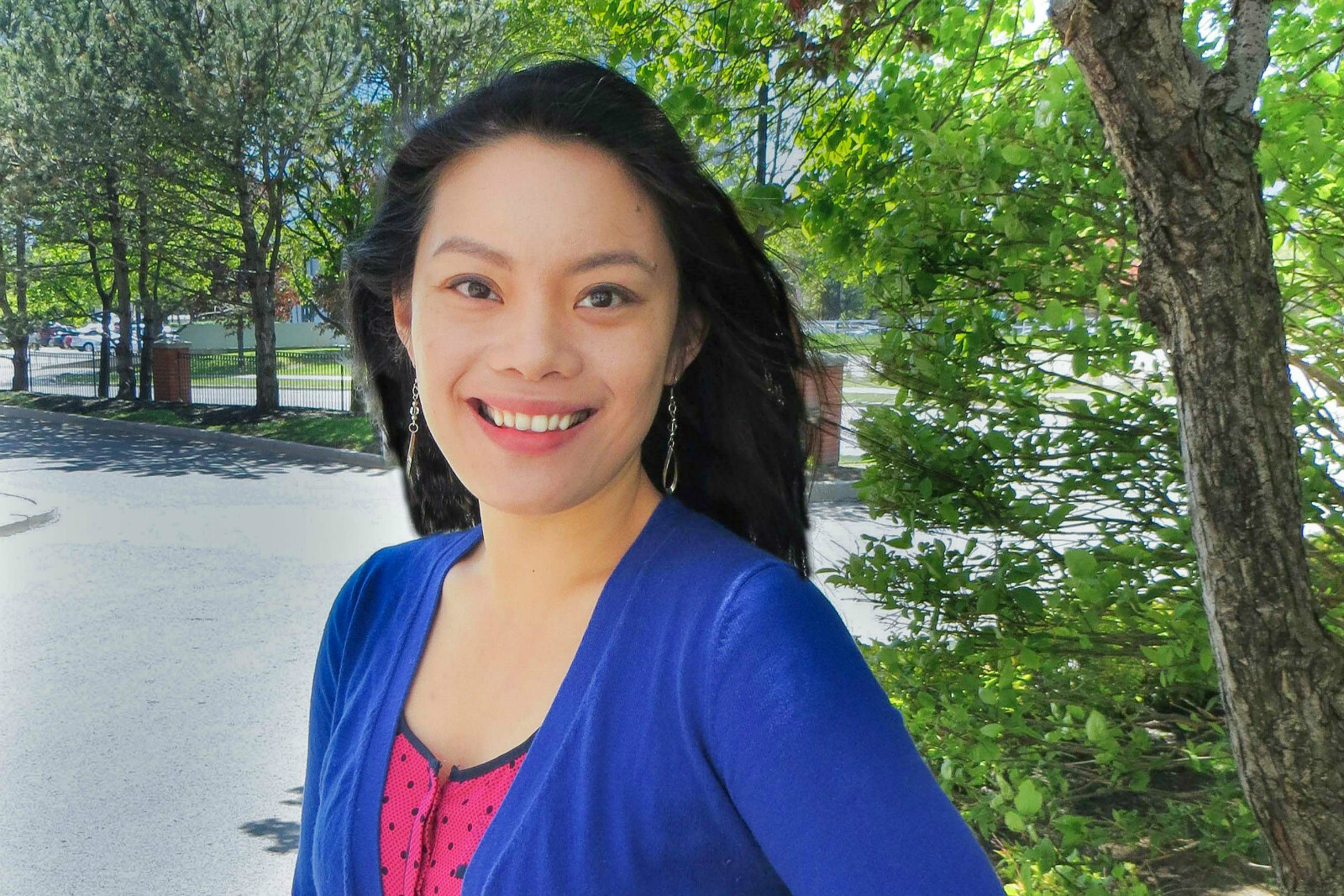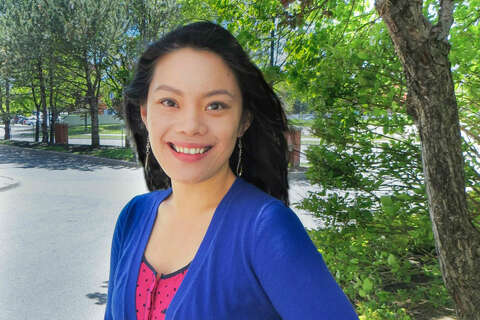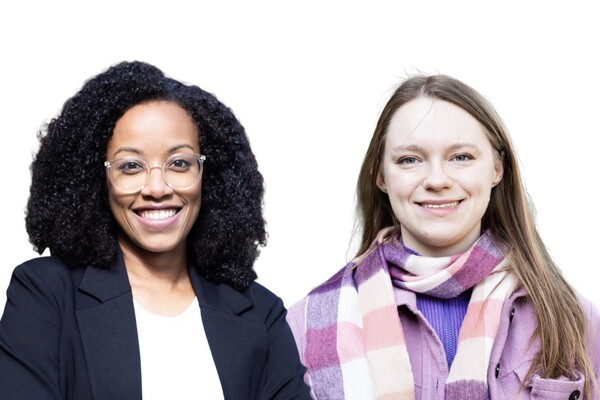Mobile Menu
- Education
- Research
-
Students
- High School Outreach
- Undergraduate & Beyond: Community of Support
- Current Students
- Faculty & Staff
- Alumni
- News & Events
- Giving
- About

Liam Mitchell

There once was a med student named Lisa.
Her prose was not like anesthesia.
For a contest of rhymes, she wrote about spines
And walked away with the…???
Lisa Y. Liang would probably know how to finish that limerick, but then again, she would have written something much more eloquent to begin with. The fourth year medical student is one of three national poetry winners of the 2015 CMAJ/ARS Medica Prose and Poetry Contest. She claimed the honour for her submission entitled C4 C5, which was inspired by her work in a spinal cord ward. She spoke to use about how poetry — and the humanities in general — can help doctors connect with their patients.
Name: Lisa Y. Liang
Program/year: Medicine, Fourth Year
Role/position: A winner of the 2015 CMAJ/ARS Medica Prose and Poetry Contest
What’s the connection between poetry and medicine?
The poem I entered was a reflection on my experiences in a spinal cord ward while on electives. We were seeing patients six to eight weeks after their injuries. I was very fortunate to be able to support patients through their rehabilitation, and learn so much from them about the human condition. Writing this poem allowed me to reflect on the gravity of each injury and how the human spirit could find the courage to continue.
The humanities in medicine are all about that concept — being inspired by the beauty and tragedy of what we do on a day-to-day basis. It not only helps us build character and maturity in ourselves, but also helps us connect with patients and their stories.
What do you find most exciting about your work?
I've always loved creating — whether it's something artistic such as writing music, poetry and painting, or something academic such as designing educational experiences for students. I had entered this contest on a whim, and being able to see your work rewarded in such a big way — needless to say, I was surprised and honoured!
What do you hope to accomplish?
Taking the time to reflect on experiences is something that everyone says is part of their ideal practice, but in reality, it's not something that you have the opportunity to participate in on a regular basis. In the working world, clinical work is messy and busy. Realistically, healthcare providers will not remember to reflect on patient encounters, how to be a better team player, how you could have communicated bad news differently, etc. Having structured activities such as competitions, exhibits and blogs for the medical community to participate in and express themselves is key to promoting arts in medicine. Hopefully, it also demonstrates how crucial it is to allow yourself to take time to breathe — to feel sad when something tragic happens, and just as importantly, take time to allow yourself to celebrate when things go well. Being able to experience the emotional aspect of medicine will allows us to develop as healthcare providers and as human beings.
What's your favourite thing about the Faculty of Medicine?
The most unique aspects about the Faculty of Medicine are the people from all walks of life and the exciting teaching and research opportunities. As someone with assorted interests in sports medicine, developmental disabilities and medical education, I was able to develop these passions in a fairly supportive environment. We have such a diverse community with amazing stories to share. Working in different group dynamics and being able to teach and learn from faculty, peers and community members has been a major highlight of my time here at U of T.
Faces of U of T Medicine introduces you to some of the interesting men and women studying in the Faculty of Medicine. From advising political leaders to providing care to Toronto’s most vulnerable populations, our students are making an impact on communities at home and around the world. Do you have an interesting story to share? Send us an email at medicine.communications@utoronto.ca.

